The evolution of online trading

We tend to think that electronic commerce was just 5 or 6 years ago, but to get to where we are today, we have had an intense way to go. It is true that technology advances very quickly, but that does not make the fight to get to where we are easier, but quite the opposite.
Since the birth of ARPANET (predecessor of the current Internet) in 1969less than 50 years have passed, but it has been a period in which the world has taken a brutal turn, especially if we refer to the commercial sector.
The biggest turning point for the arrival of the e-commerce It was, without a doubt, the moment in which the NSF (National Science Foundation) allowed in 1991 the use of the internet for commercial purposes.
From this moment, the evolution of the internet and online trading was unstoppable. Just a year later emerged the first online bookstore but then began to emerge the fear of privacy, so Netscape created in 1994 the SSL certificate that allowed sending and sharing personal data in a secure manner, being this another key aspect with regard to electronic commerce. That same year, the company Pizza Hut sold its first pizza online.
In 1995 born two of the reference companies in online trading: Amazon and Ebay, marking a before and an after in how we buy. Already by then had also emerged the first online bank.
In 1997 Coca-Cola also makes history by enabling the purchase of products from mobile phones, sending an SMS. That same year also comes the first purchaser's pricesso common in recent years.
One year after it is created Zappos, the first online retailer It offered many brands and models of footwear. In addition, that same year appears Yahoo Stores.
Also in 1998 appears the predecessor of itunes (2003), Ritmotecawhich allowed for the first time download music.
And during that year in San Jose, California, Peter Thiel and Max Levchin launched Confinitythat it was renamed after merge with X.com PayPal. Currently, Paypal has a 153 million active accounts and is present in more of 203 markets worldwide
And we arrived at the new century by stepping on the accelerator, because changes happen so quickly that just give us time to assimilate them. The pri was born in the year 2000
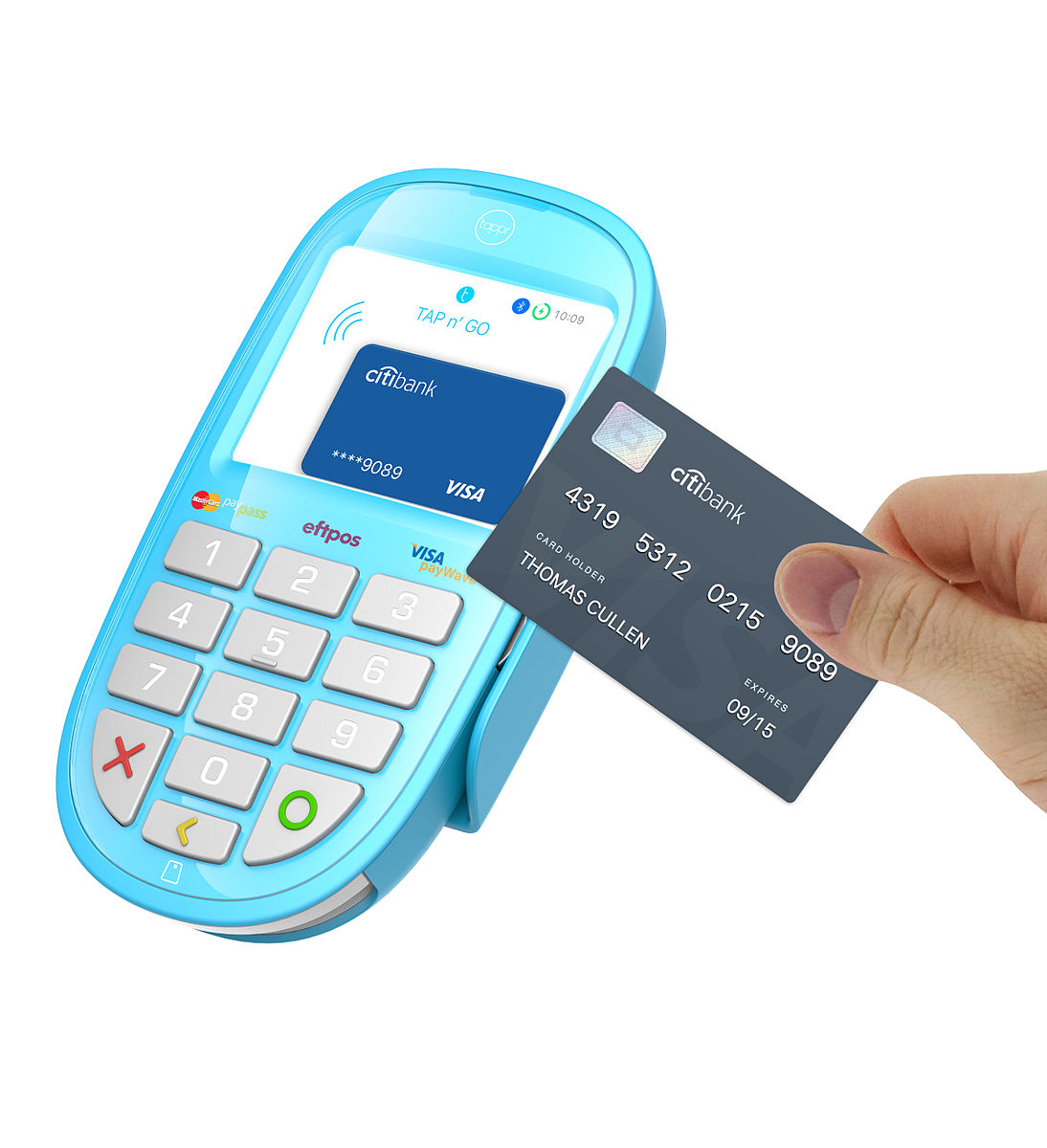
mere web of collective purchase, Mercata, based on lower prices as more customers register. Two years later shown technology NFC (Near Field Communication or wireless technology for short range) Although it has taken a few years to get a practical functionality, now allowing, for example, pay for your purchases directly with the mobile.
Following this chronology, in 2004 was the first concept of flash sale When the company Woot.com It launched a website based on the daily deals.It was not until 2008 with GroupOn When this concept began to have success with the idea of selling discount coupon based on the purchased Geolocation.
Another moment that we can not ignore and which has meant a revolution of sales in recent years in the CyberMondaywhich was held for the first time in 2005. A year later, Google decided to jump on the online trade cart and launched Google Checkout.
In 2008, in addition to Groupon, arise also important platforms for e-commerce as they are Magento and own PrestaShop, It launched its first version on July 31 of that same year.
Already in 2010 comes a new concept that will revolutionize the form of payment known up to then, when Square develop a system that allows you to read credit cards from mobile phones.
All these facts make that in 2012 all batan is the records until the moment when online trading exceeds the 1,000 billion in sales. A year later, after 8 years since the birth of the CyberMonday, the Chinese giant Alibaba got check-in one day more than 4,000 million euros in sales.
And that's just the beginning, because in the year 2014 e-commerce already supposed the 6% of world trade, cash giving a figure unimaginable: 1.316 trillion dollars or what is the same, 1.091 billion euros. Sales increased more than 20 percent worldwide and, again, Alibaba, manages to make history, raising $ 25,000 million in September of that same year, making the company based in China is valued at 170,000 million dollars.
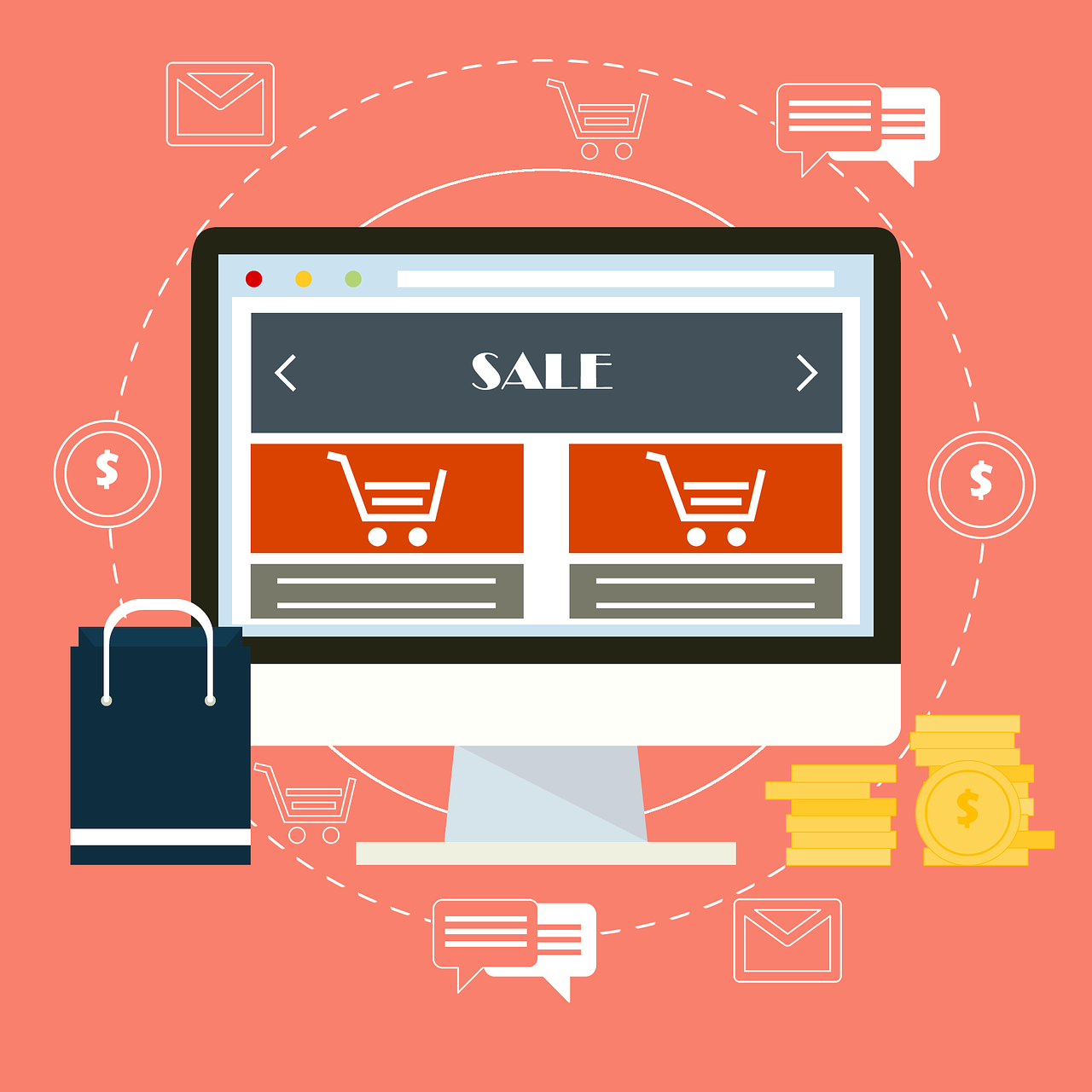
And what in? Spain? As records are beaten. In the third quarter of last year, the online trading grew by 29.2%, the biggest rise since since the first quarter of 2010, when it grew by 34.8%. During the last months of 2015, the electronic commerce turnover in Spain 5.303 million euros, which means a increase in the turnover of 179% in the past five years.
The sectors that continue to lead the business online are those related to tourism (accommodation booking and transport tickets), along with clothing, accessories and sporting goods and tickets to artistic and sports shows.
Another interesting fact of the trade online in our country is the increase of sales to other countries in the third quarter of last year a 42% more turnover in the same quarter of 2014 (1,017 million euros). Of these sales, the 74.2% they come from others countries of the European Union.
According to the data offered the report drawn up by Trusted Shops, "Observatory on habits in eCommerce" (July 2016), the 36.3% of Spaniards already buy online between one and two times a month and the 34.9% every two or three months ago.
And data continue to grow. Taking into account the figures offered by the United States Department of Commerce, during the second quarter of 2016, sales relating to e-commerce in United States have ascended to the 97,000 million dollars.
What bring will it the ecommerce in 2017?
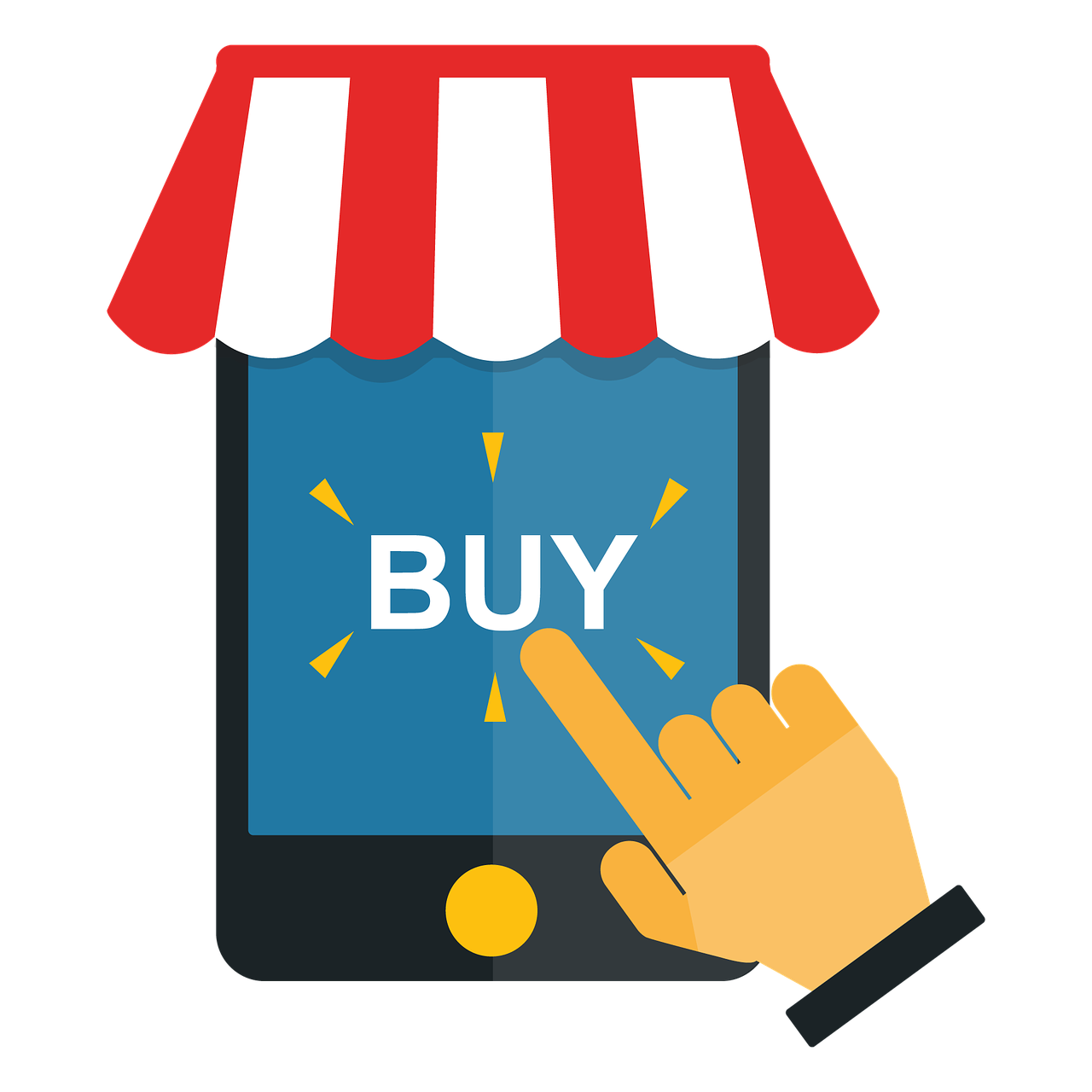
We have already seen that e-commerce in recent years has suffered a brutal ascent, but what happen this year? So everything suggests that the trend will continue, although certain aspects will evolve and will make that e-commerce as we know it today, go changing.
First of all, the shopping via mobile phone will increase. This is not surprising since it is the device that use and which have "handiest". In addition, thanks to new technologies and improvements, buy, pay and manage your order is increasingly easier.
Another aspect that is already playing an important role but that in 2017 will be even greater is the Geolocation. The fact that we are always connected offers, advertising speaking, a very valuable information. In this way we will receive ads based on our geographic location which, Furthermore, may be adapted also to our profile.
Another aspect that is evolving and that continue to do so this year is augmented reality and virtual realitywith the boom of virtual reality goggles. Every day more are users who dispononen them. What you seem to enter an online shop and? tener a 3D shopping experience? See your product, have different visions of the same and almost "being able to touch it"? They are experiences that will be much nearer in 2017.
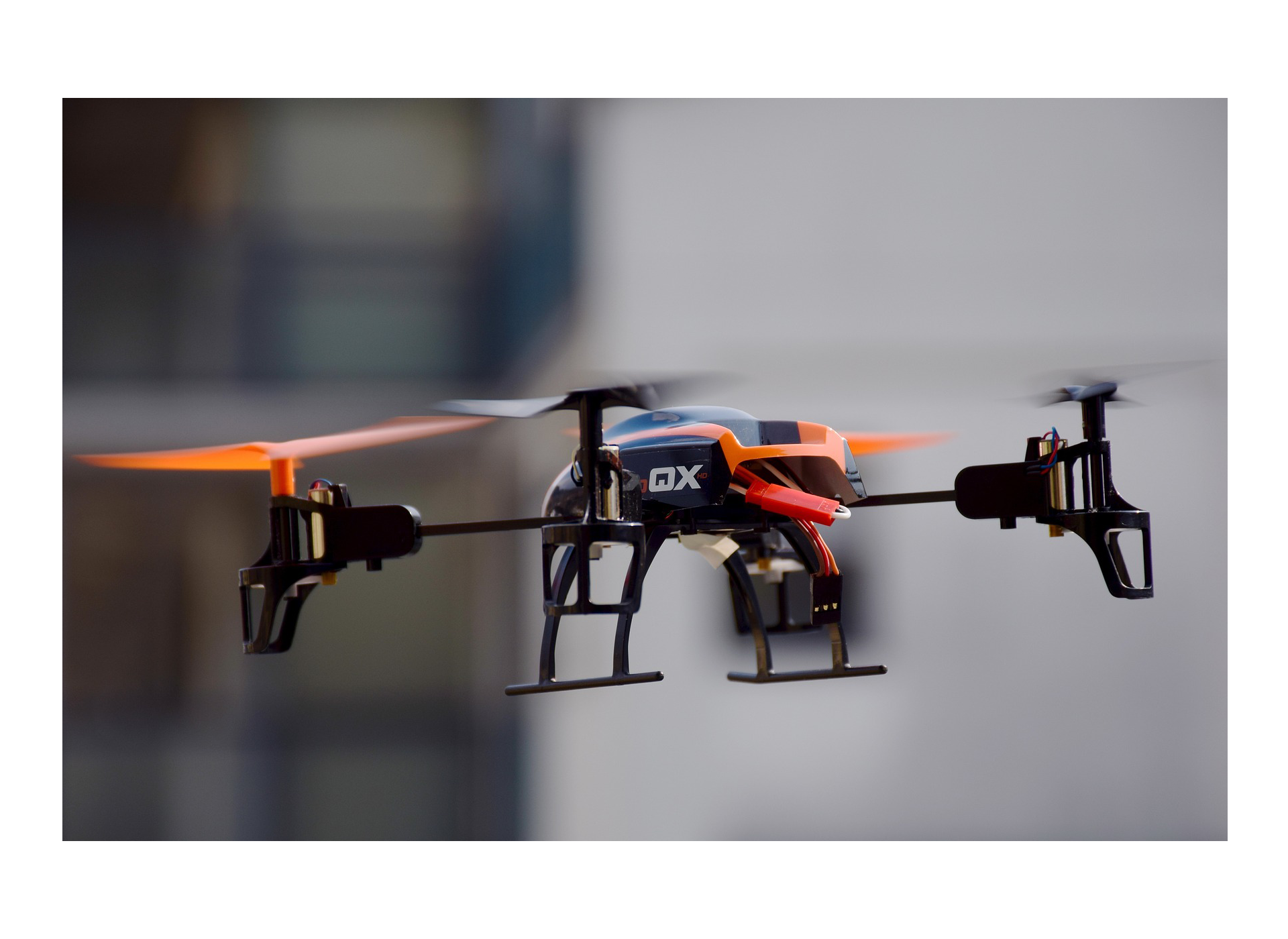
Finally, another novelty that we will see this year is the delivery of orders made by drones. Surely you know that Amazon It is leading this idea and carrying out various tests. We don't know if it will be a really effective idea in the short term, or how long it will take to arrive to Spain and the trade retail, but if it works it is possible that in a few years let us see distributors on our doorstep.
As you can see the data speak for itself alone. If you don't sell online, you're losing money, and more every day. A few years ago, have your online store could be an option, today it is an obligation. And it doesn't do anything. You must take into account that internet users are increasingly more, but also more demanding. They want websites usable, fast and effective, be able to pay with the method that they believe and have your package in each as soon as possible. Ahead of the needs of users and differentiate yourself. If you manage it, you can get what you want. The figures are on your side.












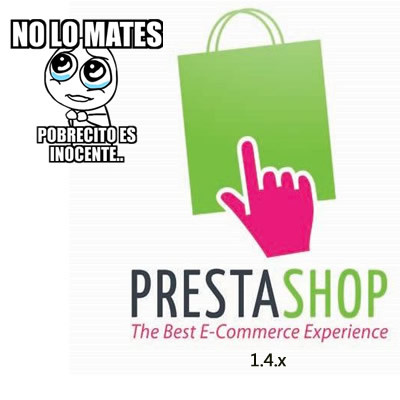
Escribe un comentario